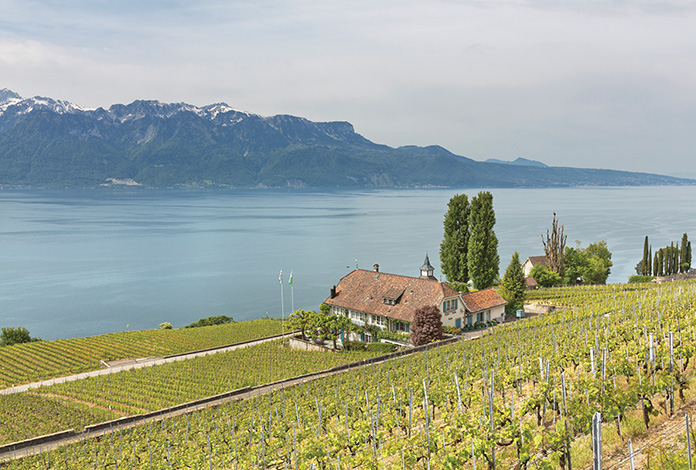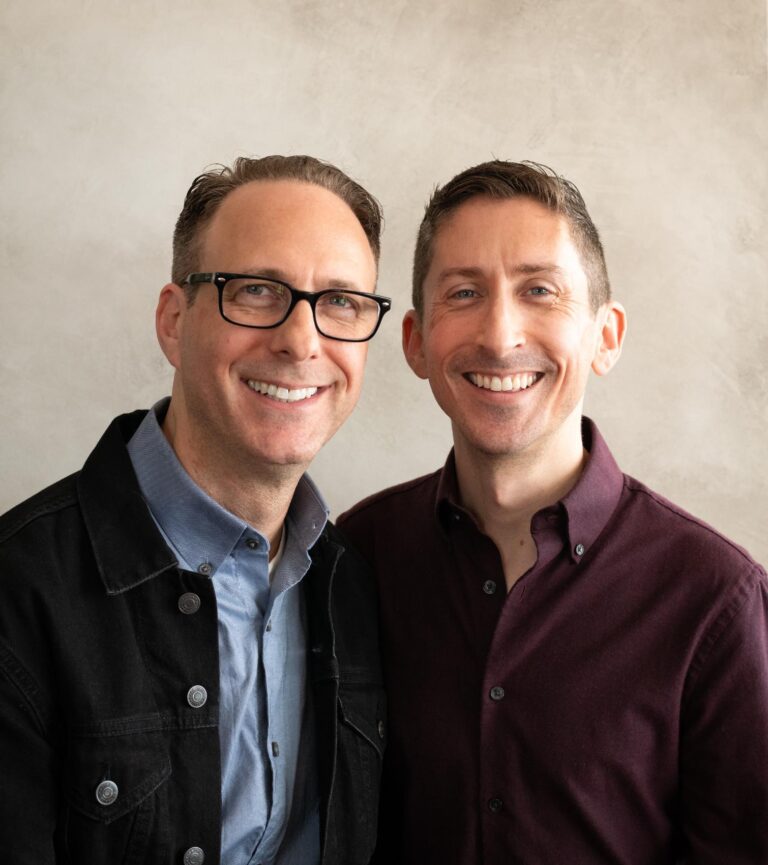Sharing a border with France, the Lake Geneva region is the French-speaking part of Switzerland, and Lausanne, one of its major towns, boasts one of the largest number of vineyards of any town in Switzerland. Not only is the scenery stunning (Lake Geneva is one of the largest lakes in Europe and the Alps can be seen in the background) but this area has a diverse range of red and white wines—and yet few people outside of Switzerland have sampled Swiss wine.
Why?
The production is all done by hand—each and every grape is handpicked—so the total amount produced is small compared to France or Spain. Plus, in part because it’s all done by hand, the cost of production is quite high, which means a bottle exported would sell at a much greater price point than those from other countries. Not to mention that the demand for Swiss wine is so high within Switzerland, that the Swiss themselves drink almost all the wine they create. In fact, Swiss wine exports represent less than two percent of the total wine production. So, if you want to sample these unique wines, you may just have to travel to the Lake Geneva region in Switzerland to do so!
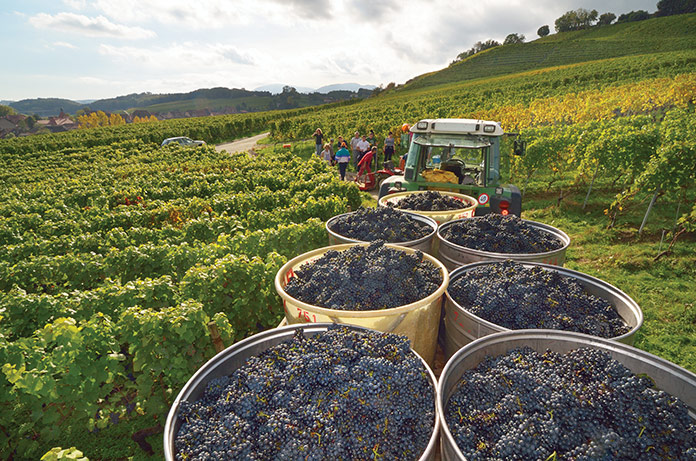
Where to Start
The most well-known variety is the Chasselas, which makes up almost two-thirds of the wine production here. This grape is influenced by the unique environment and climate of the mountains and lake. There’s also the Gamay grape, which produces a fruity wine. Lastly, there’s a small percentage of specialty wines produced here: Pinot Gris, Pinot Blanc and Riesling Sylvaner. These wine-producing villages (there are hundreds of indepedent wine makers in Lake Geneva) open their cellars from Easter to October, allowing visitors to sample the different varieties.
One of the highlights is visiting the terraced vineyards of Lavaux, a UNESCO World Heritage site, where travelers can walk along the crisscross paths inches from ripening grapes. This gives visitors a closer look at the vines, as well as the opportunity to learn about the wine-making process, the type of grapes found there, the soil that is ideal for growing such grapes and the tradition of the region. Called the Swiss Riviera, the Lavaux region has 10,000 terraces of vineyards stretched out over 40 levels making it a beautiful mosaic of vines that stretch from Montreux and Vevey.
American visitors to this region often come to sample the “secret” varieties that are well-known within the country. In addition to wine, the Lake Geneva region has 12 Michelin-star restaurants and a plethora of luxury hotels, making this region a mecca for fine food and hospitality.
FOOD AND WINE
If you’re only going to eat at one restaurant in the region, it should be the 3-Michelin-star restaurant Hotel de Ville, where chef Franck Giovannini oversees the kitchen and the more than 1,000 plates served a day. The restaurant also offers a cooking class where guests prepare a meal in the kitchen side-by-side with some of the best chefs in the country. For some of the freshest locally caught seafood—including the much-loved lake favorite, perch—served with in-season vegetables and salad, visit Au Major Davel restaurant in Bourg-en-Lavaux. Of course, you can’t miss a Swiss favorite—and tradition: be sure to try fondue at Hotel of Rougemont.
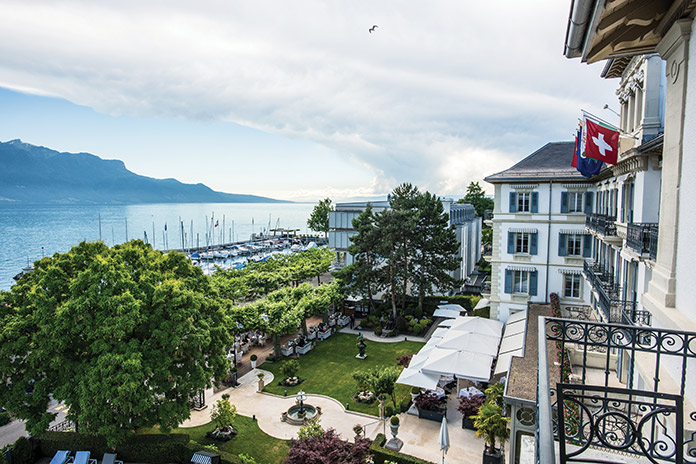
du Lac is known for
the fine food and wine served at its restaurant, Les Saisons.
A HISTORY OF HOSPITALITY
The Lausanne Palace, a five-star property that dates back to 1915 has hosted celebrities and royalty, including Coco Chanel, who stayed here regularly. The property is known for its dedication to Swiss wine—in fact it has its very own vineyard on the property, which produces 300 bottles. They also have an expansive wine cellar with more than 800 bottles of wine from around the world. A must is having dinner at the hotel’s Michelin-star restaurant La Table d’Edgar, where the emphasis is on fresh, in-season items. Organic, cold-pressed extra virgin olive oil, sustainable meat and seafood are on the menu.
One of the most luxurious hotels in all of Switzerland is the 150-year-old
Beau-Rivage Palace, a Leading Hotels of the World. Located on the shores of Lake Geneva with 10 acres of private gardens and views of the Swiss and French Alps, the property houses the two Michelin star Anne-Sophie Pic restaurant.
Built in 1868, the Grand Hotel du Lac, is a Relais & Châteaux property, and boasts a popular Michelin-starred restaurant, Les Saisons, on-site. This boutique hotel is a good home base for a variety of activities including a scenic cruise on the lake. Also popular? A chocolate-making workshop , held at Läderach—where you can discover the history and intricacies of making Swiss chocolate, which is known (and loved) throughout the world.
WINE GROWERS FESTIVAL
While visitors come to the Lake Geneva region year-round, next summer the region will host the Winegrower Festival (“Fête des Vignerons”) in Vevey, which dates back to 1797. This event takes place every 20 years and the next festival will be held July 18 through August 11, 2019. More than 20,000 people from around the world are expected to attend this once-a-generation wine event.
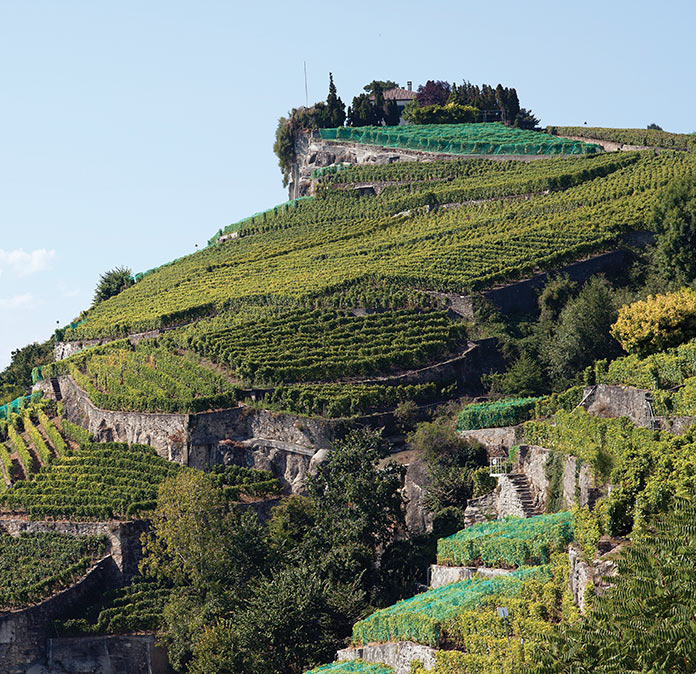
Getting Swiss Wine at Home
Are you seeing an increased demand for Swiss wines? Yes. It’s still a niche category for sure, but the assiduous work of great importers like Schatzi Wines located in Milan, NY—who have done the hard work of finding the most characterful wines and then telling their stories here in the U.S.—is leading to an increase in sales.
Do you have a favorite? I really like Domaine La Colombe’s Chasselas Petit Clos 2016 for its fresh character of green pear and garden herbs wound
up together.
Why are Swiss wines not more abundant? The pricing is really the only thing
holding Swiss wines back from even more sales. Not only do you have the inherent higher costs involved with the very small scale of each producer and the logistical costs of getting wine down off mountaintops, but the Swiss currency is so strong that the wines are often priced a little higher than adventurous tasters are willing to spend.
—Susannah Smith, Head Buyer for New York City-based Flatiron Wines & Spirits
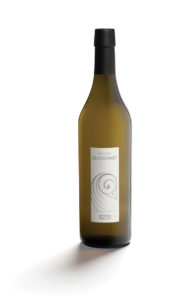
La Colombe’s Chasselas
Petit Clos 2016
